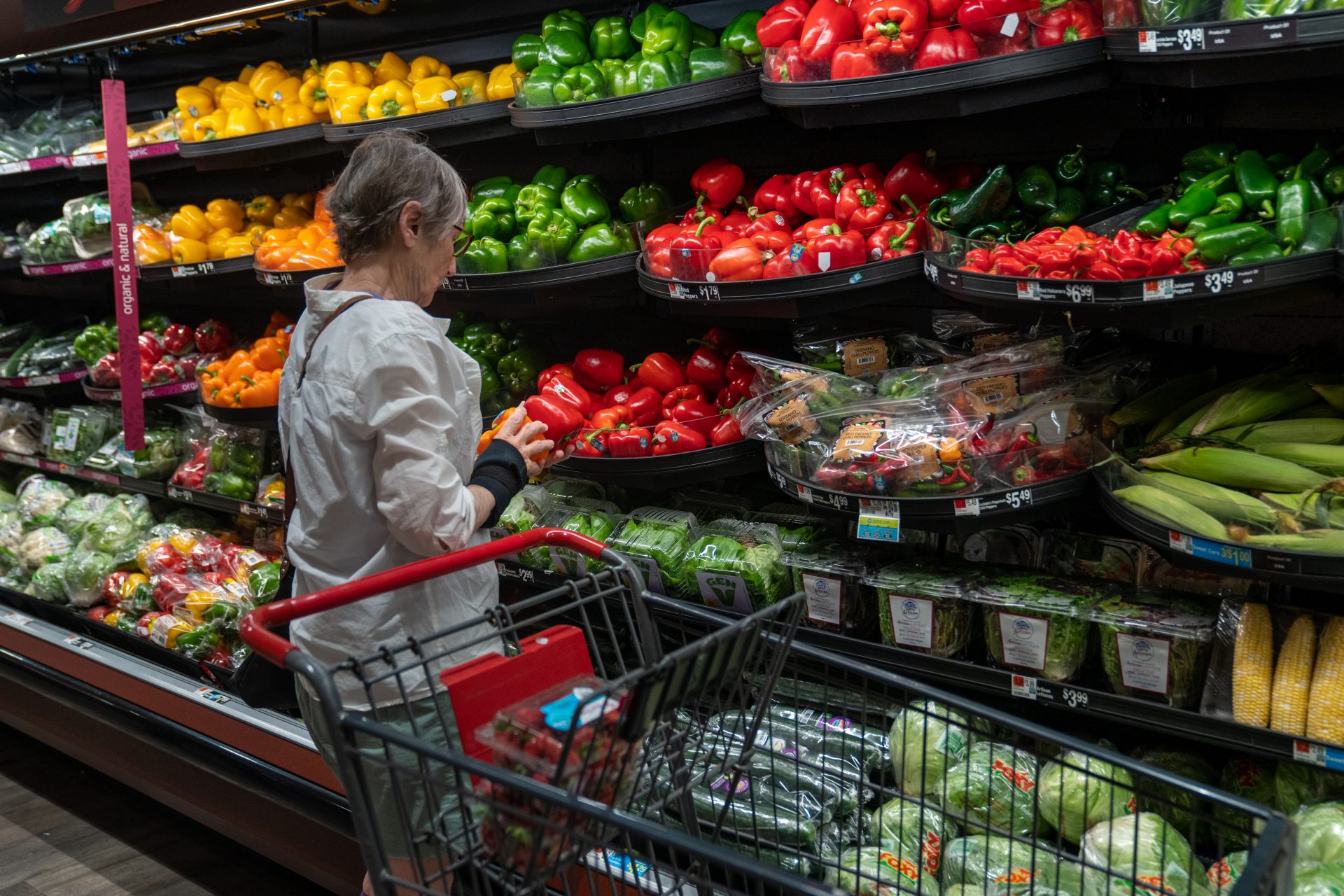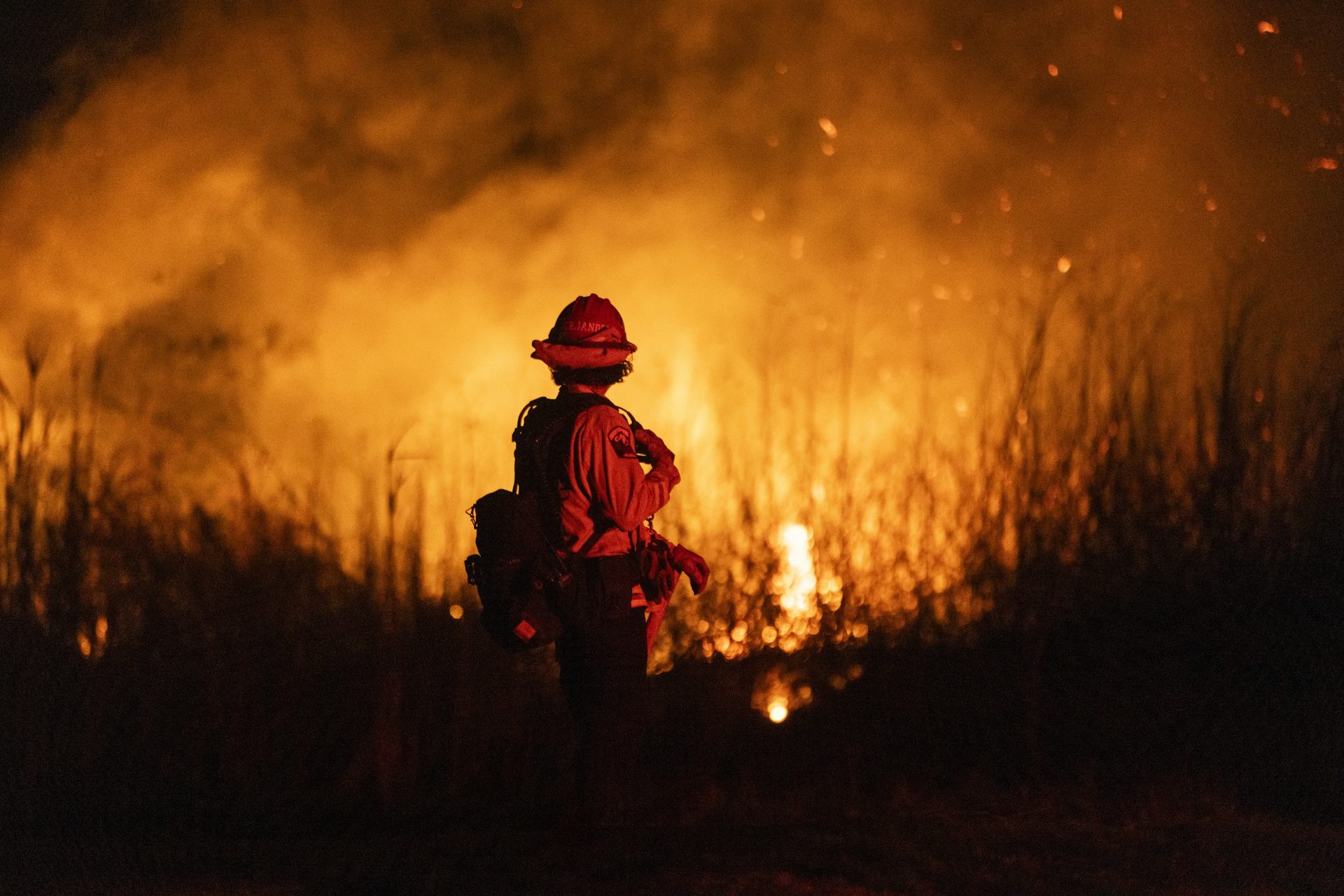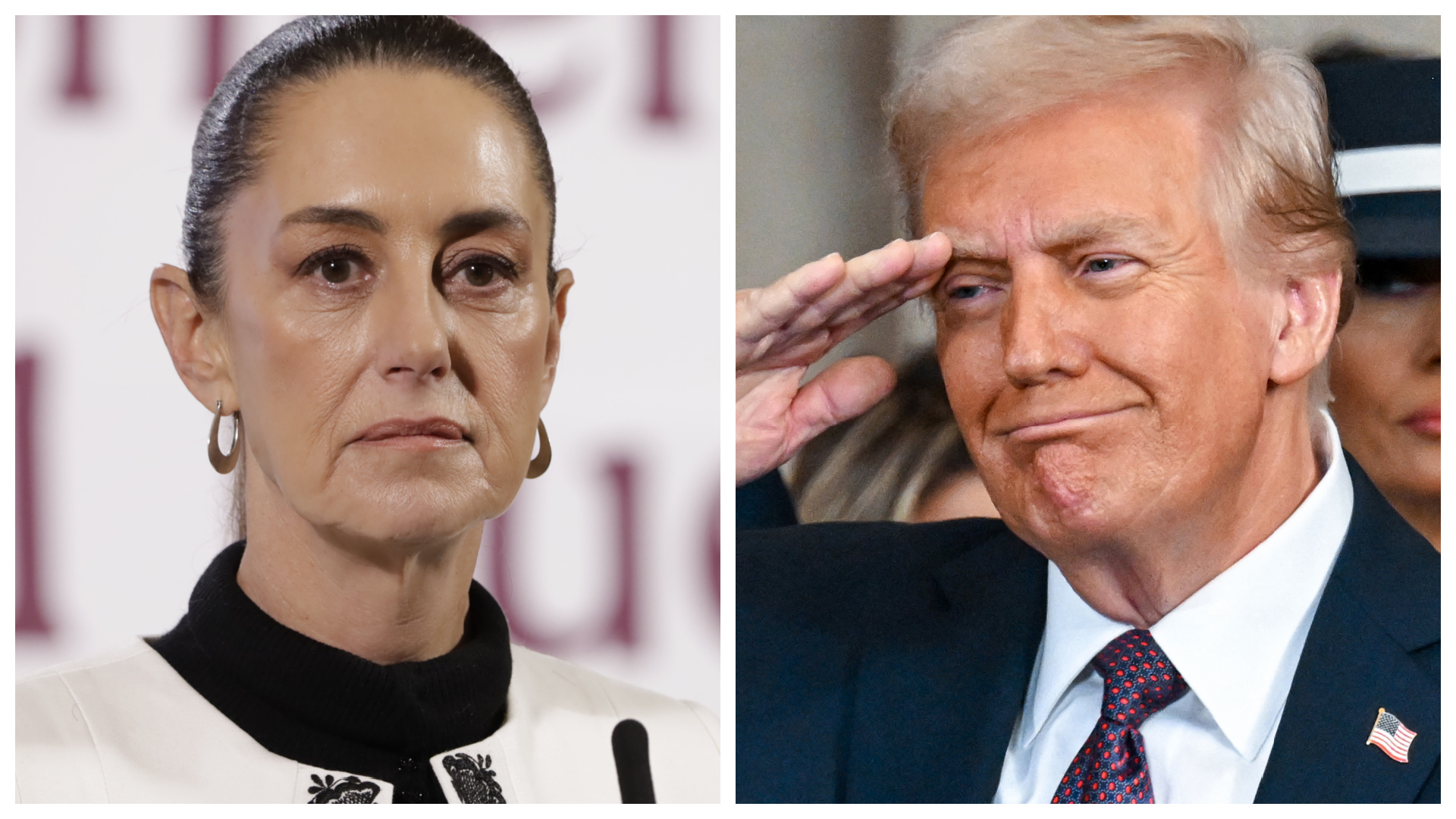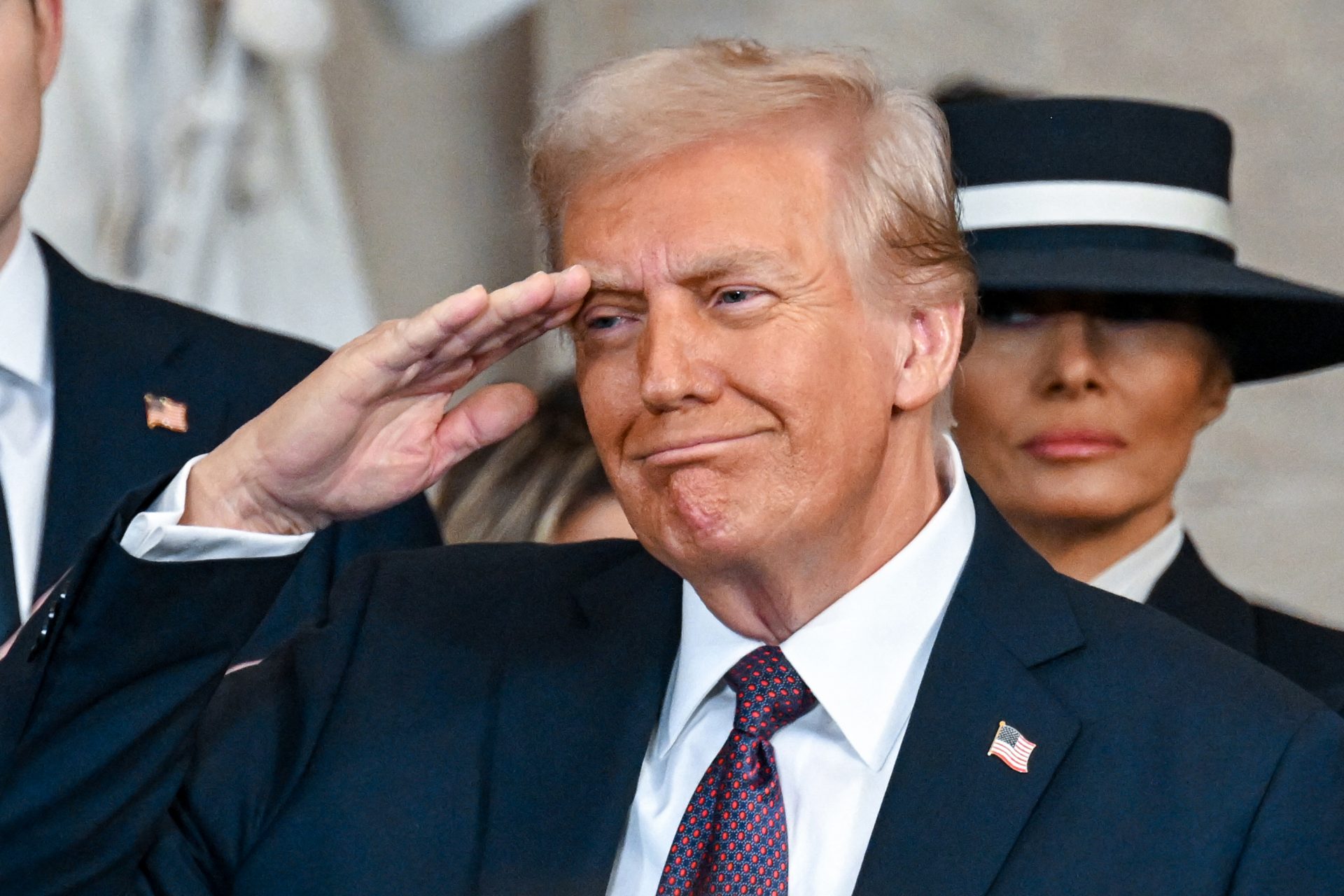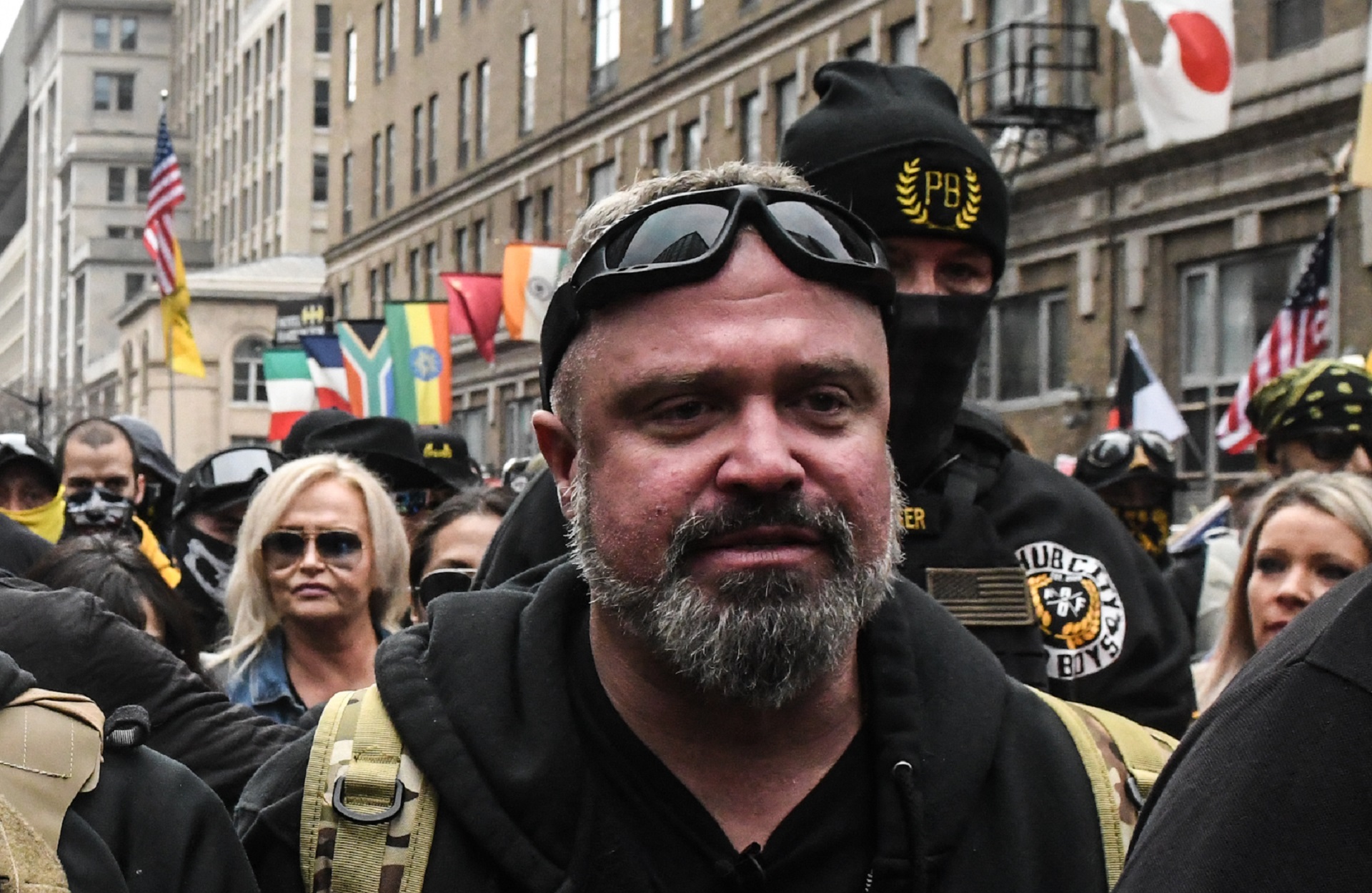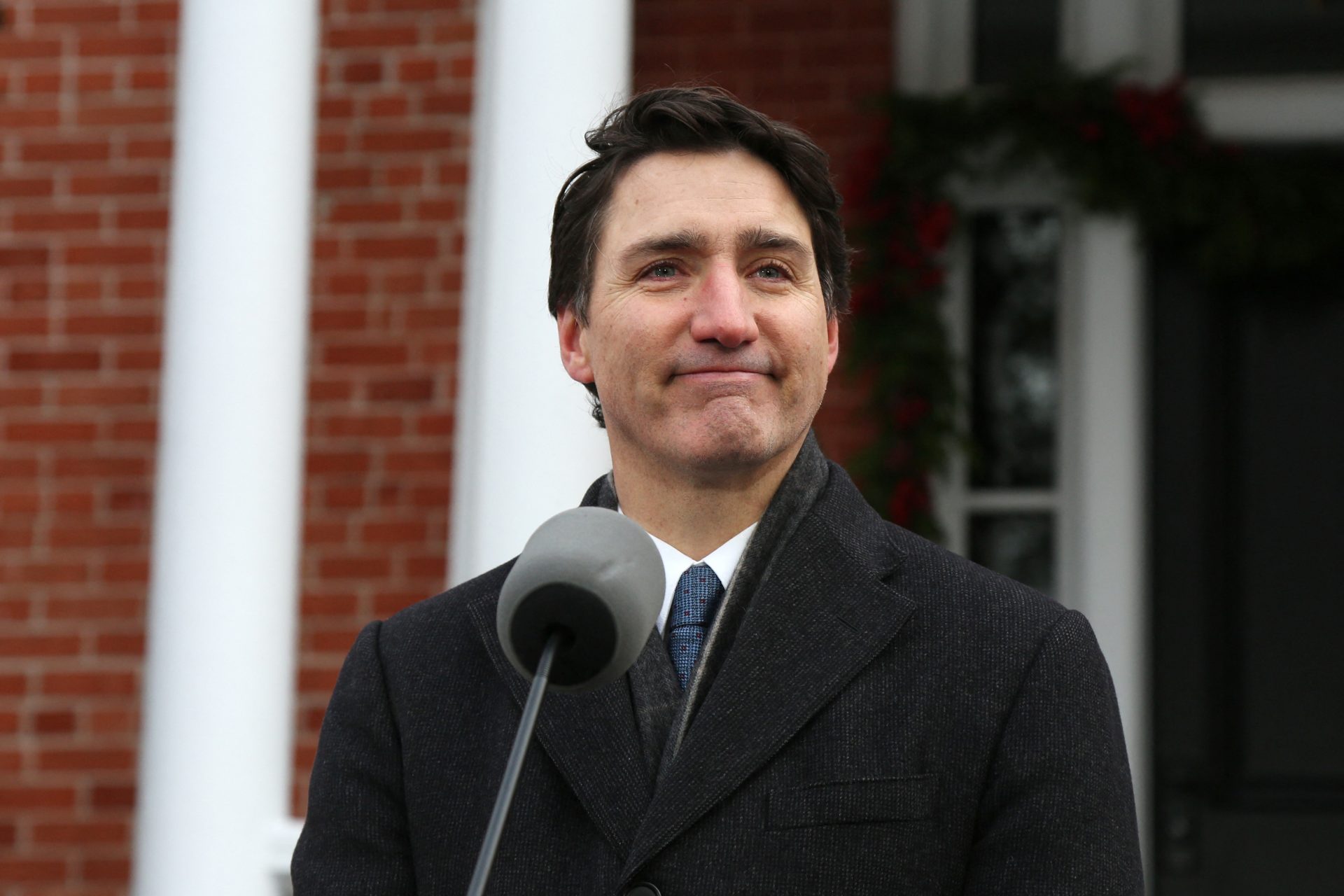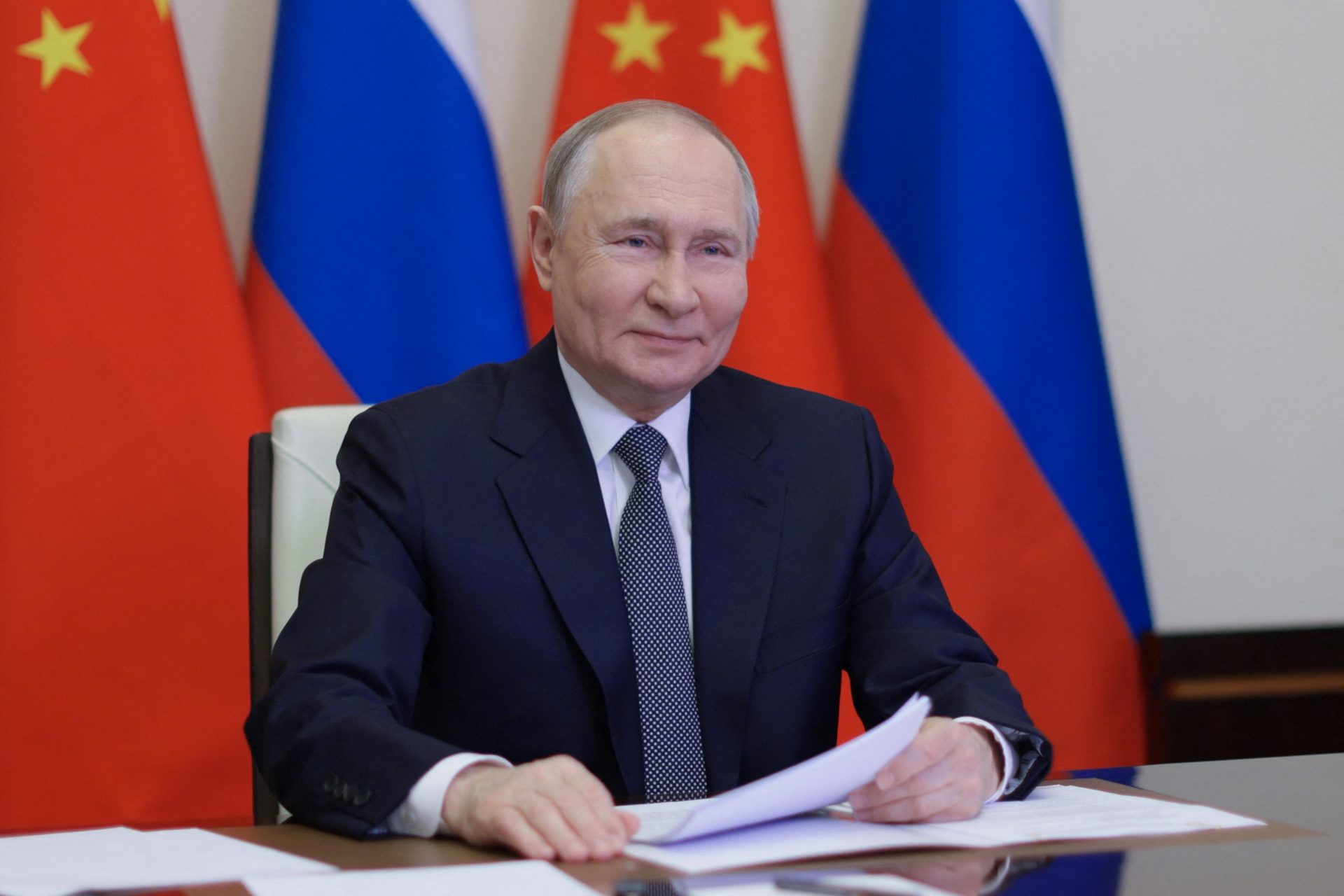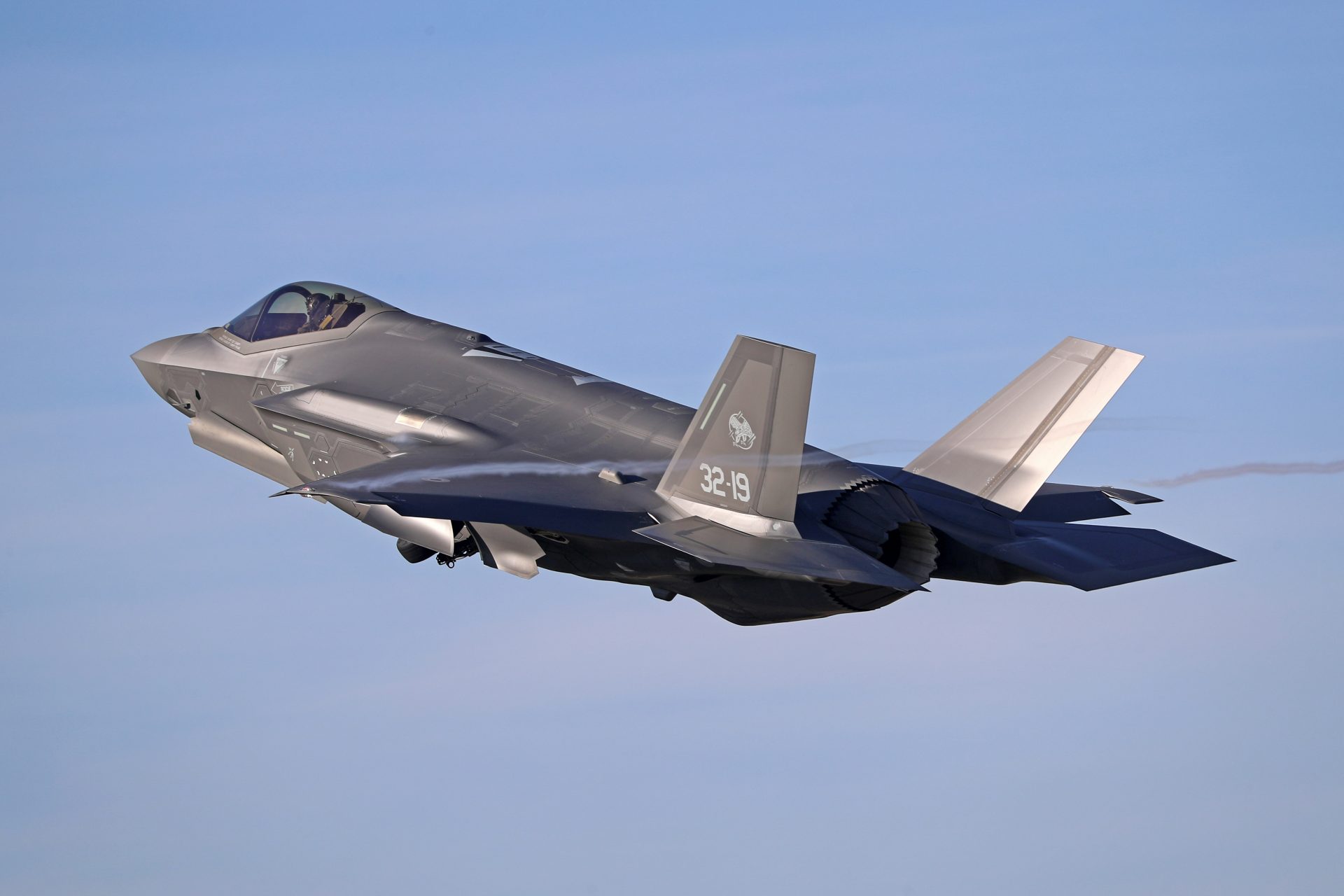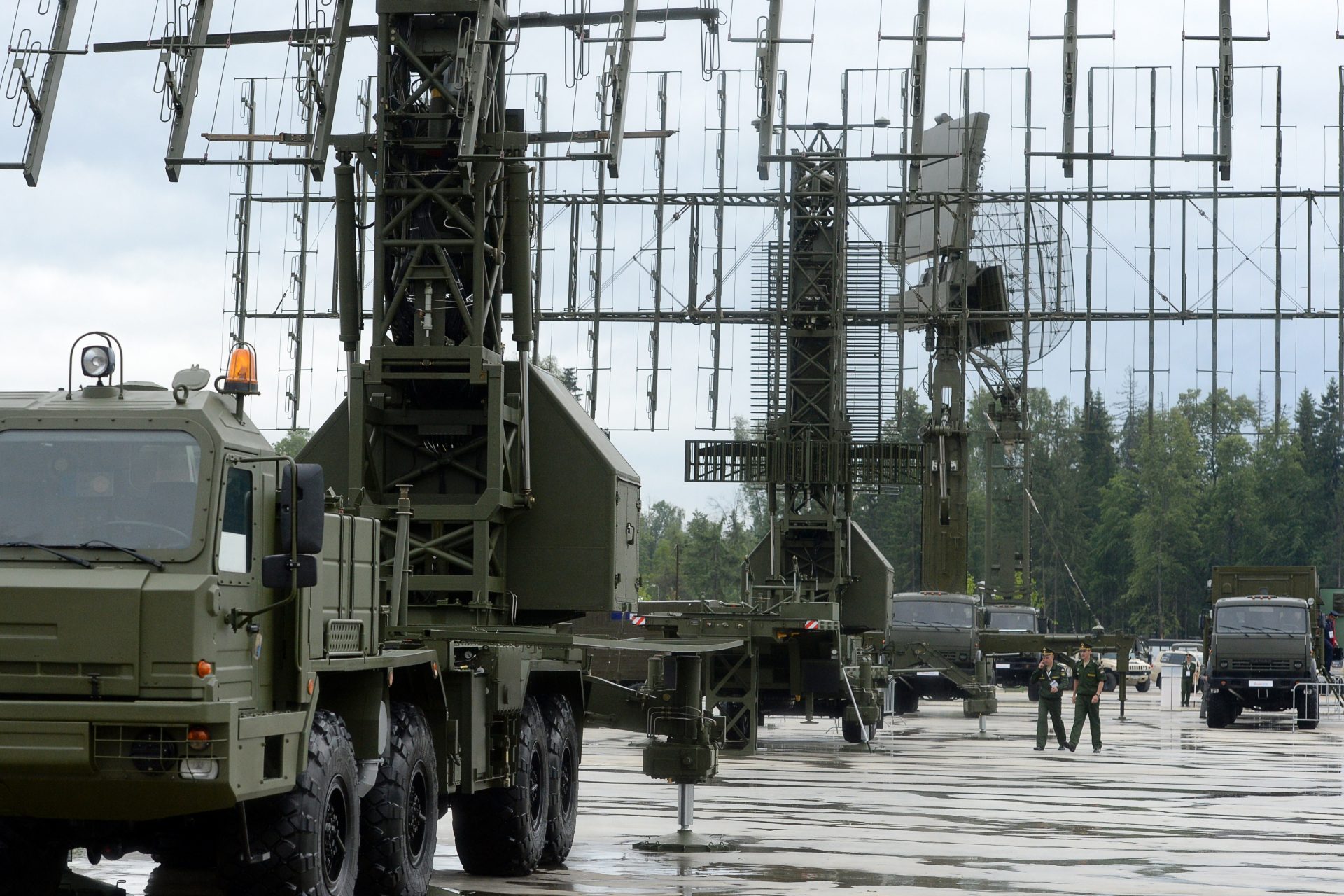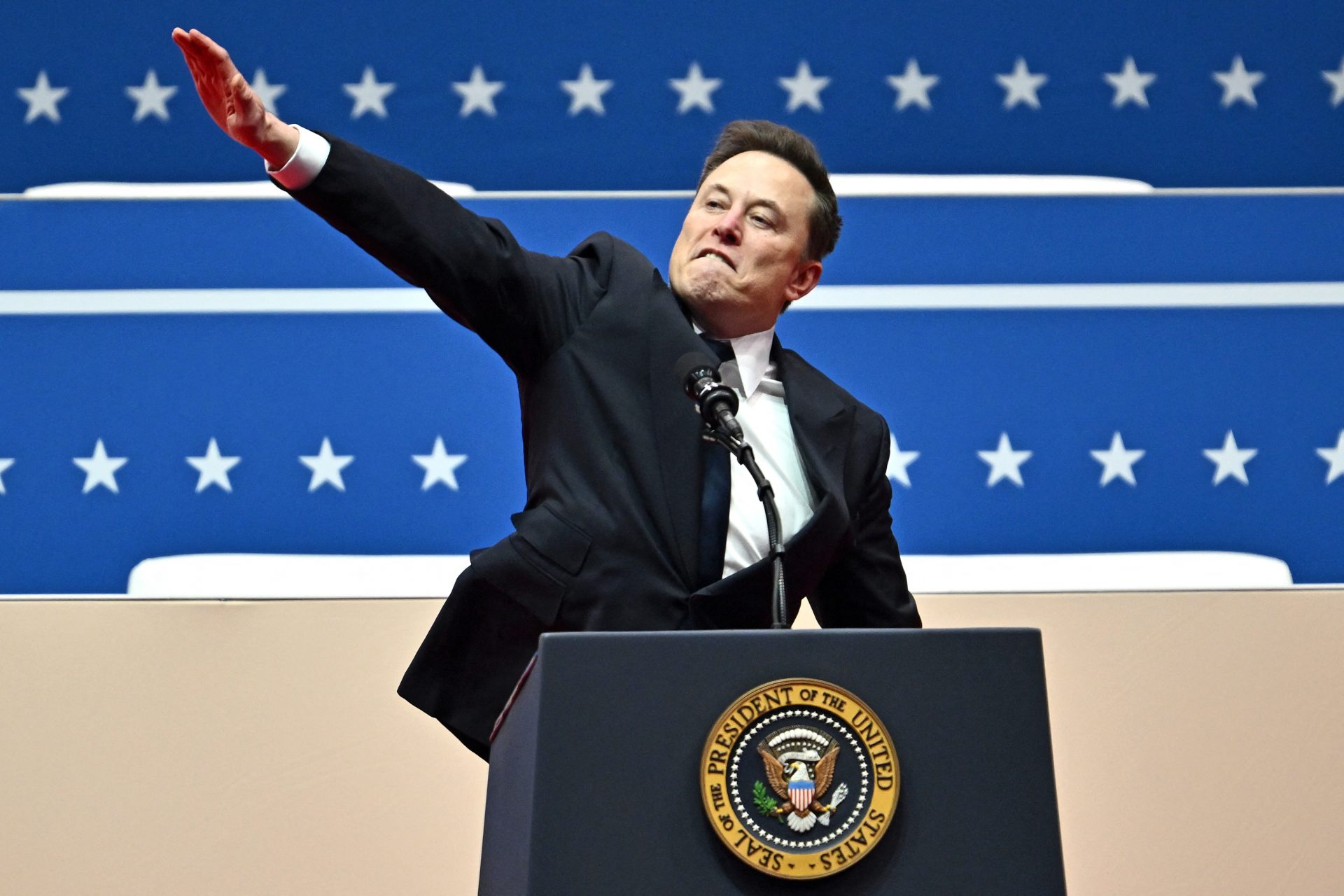The Fed's strategy to reduce inflation may finally be working, but will it go too far?
Inflation seems to be slowing down in the United States, giving the Federal Reserve a breath of fresh air, which has been fighting it for months.
Consumer prices were up 3% from last year in June. That is an enormous difference from the 9% in the same month the previous year.
It is a big jump from the past month too. Things were 4.1% more expensive in May 2023 than in May 2022, which also improved from 4.9 in April.
So, it is clear that inflation is consistently slowing down. Still, despite the fall, The Federal Reserve raised its key interest rate by 0.25% to as much as 5.5% in July. It is the highest level in 22 years, according to NBC.
According to the New York Times, the Fed raised its forecast for core inflation (without food or energy) at the end of 2023 from 3.6 to 3.9. Almost double the targeted 2%.
The Fed raised key interest rates by a quarter point ten times to reduce inflation. On May 3, they placed a 5.1% rate. The Associated Press says it is the highest level in 16 years.
Higher rates are the most effective way to fight inflation because they discourage spending by making credit cards, loans, and mortgages more expensive.
According to CNN, spiking rates quickly is a strategy Central Banks in other countries and the Fed can use to avoid inflation from sticking. It is just a matter of how high and how quickly.
Some economists, as the AP reported in May, fear that those increases could eventually cause the economy to slow too much and enter a recession.
Zanny Minton Beddoes, Editor-in-chief of The Economist, predicted a possible recession mixed with inflation in a 2022 article.
Economists define a recession as when a country's GDP shrinks instead of going in the natural constant growing direction.
Imagen: Roberto Júnior / Unsplash
Usually, a recession comes with low inflation because when production and employment decrease, so do the demand and prices.
The problem is that when inflation is mixed with a recession, the solution to one problem can fuel the other, Minton Beddoes explains in The Economist.
Still, as New York Times economy columnist Jeff Sommer puts it: that long-predicted recession has not happened, despite many experts claiming it would.
However, Sommer warns that the economy is still in the "danger zone," as the full effect of the Fed's measures to stop inflation has not yet arrived.
"Lowering inflation to 2 percent without causing a recession and throwing people out of work would be a rare achievement," he explains in a July article.
There is a dangerous possibility that inflation has fallen for other reasons, and the effects of the Fed's high-interest rates have not even started to show. Only time will tell.
More for you
Top Stories



